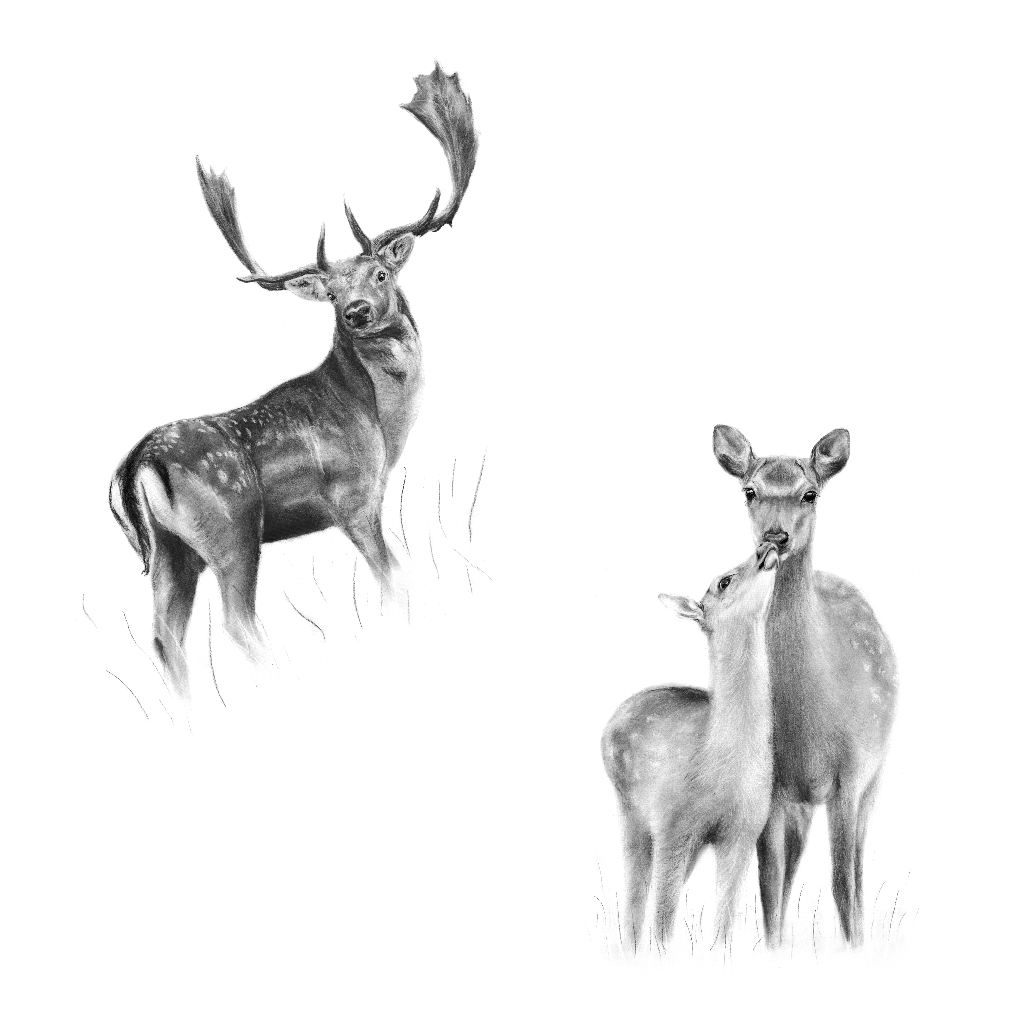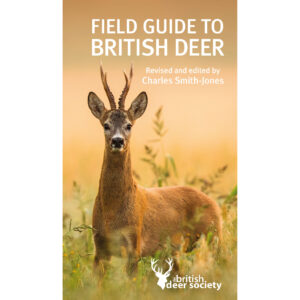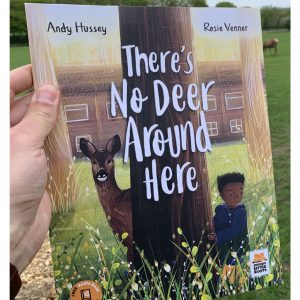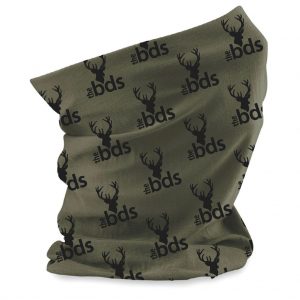The Effects of Harsh Winters on Deer
Deer are well adapted to cold air temperatures, if they are dry, their hair is hollow creating an insulation layer against cold.
However, deer populations can experience an increase in winter deaths because of extreme weather conditions. Where deer are challenged by extensive periods of debilitating cold rain, this will saturate their hair and the ground upon which they lie. If the conditions are then made worse by sudden snowfall and wind chill their demands for energy will exceed their capacity to eat sufficiently or to mobilise what body fat reserves that they may have.
Deer will continue to be affected even once the periods of heavy snow have passed and there may be secondary die-offs several weeks later when factors such as wet cold weather, insufficient forage and parasitic burdens take their toll on weakened animals.
It is therefore vital that the deer are not forced to waste their energy through unnecessary disturbance.
KEY POINTS
- Red Deer benefit from dry weather in the autumn to lay down a layer of fat in the abdomen, this has to last them until the Spring brings new herbage growth. Spring may be as late as May in upland areas. Wet autumns reduce the available energy to be converted to body fat.
- Wet Autumns begin to sap their energy as they fight against the heat loss caused by cold water falling on them, which percolates through between their hollow hair, chilling the body before falling off warmer than it was as rain.
- Winter herbage in the uplands is of low quality, with low energy and generally barely adequate to provide surplus energy for unusual demands.
- Red Deer have evolved to change their appetite during the winter, it is named “Winter inappetence”, it is as if they anticipate a reduction in benefit so seek to minimise energy requirements in these periods, they eat less and their digestive tract activity is reduced.
- Winter mortality is a natural phenomenon among upland deer, and rates will fluctuate according to prevailing conditions. It is not relatable to poor management or over-population.
- Artificial feeding is unlikely have any beneficial effect unless it commences well before periods of severe weather, early in the autumn; even then it may not help and there is little evidence that it has a significant value.
- Red Deer cannot render their fat reserves into utilisable energy fast enough to compensate for sudden deep snow fall.
- While natural food availability is important, the ability to withstand severe weather, deep snow and extreme cold also depends on other factors such as available cover. Additionally, wet surface conditions promote a chilling effect that may cause mortality among all age and sex classes of deer including stronger animals. Hypothermia and exposure are the main causes of death, and appropriate shelter can often be more important than food at such times.
- Deer will continue to be affected even once the periods of heavy snow have passed and there may be secondary die-offs several weeks later when factors such as wet cold weather, insufficient forage and parasitic burdens take their toll on weakened animals
- Deep snow affects all species of deer, for instance snow deeper than 50cm causes distinct problems to roe deer, as they cannot access ground herbage easily.











